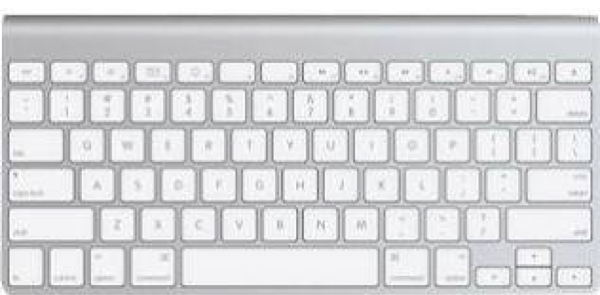As noted by SlashGear, new Apple accessories for desktop Macs have appeared in FCC listings. They could debut with new iMacs that are rumored to arrive before the holidays.
The FCC filings are for Magic Mice and Magic Wireless Keyboards that replace the current Bluetooth 2.1 in current models with Bluetooth 42.2 with Bluetooth LE Low Energy. This would result in longer battery life. And future Mac accessories may have even more improvements.

SlashGear notes that the FCC filings note mice and keyboard will come with on-removable lithium battery packs. Instead of requiring that you use and replace AA/AAA batteries, you’ll plug the accessories in to a power port when they need a charge. “Testing has been done with USB Power Adapters on both devices, leading us to believe that they’ll come with power chargers of some sort in their boxes,” notes SlashGear.
What else might we expect in upcoming Mac mice, trackpads and keyboards? For one, they could be solar powered. Apple has filed a patent (number 20150199062) with the U.S. Patent & Trademark Office for “wireless devices with touch sensors and solar cells.”
According to the patent filing, the wireless device in question has a touch sensor and a solar cell that converts ambient light into electrical power. Wireless communications circuitry transmits the touch input to the external equipment using the electrical power from the solar cell. Energy storage devices such as a capacitor and a battery can be charged using the electrical power.
I expect the next Wireless Keyboard will offer backlighting and other features. In April, Apple was granted a patent for a “keyboard backlight driver IC” that hints at backlighting — though, admittedly, it also pertains to Mac laptop keyboards, which are already backlit. We could also also get a dual-purpose “fusion keyboard” that provides both multitouch gesture control and conventional keystroke entry. Apple was granted a patent for such a device in May.
As for a new Magic Trackpad, surely Apple will bring the Force Touch technology on the MacBook to its desktop line-up. With built-in force sensors and a Taptic Engine that delivers haptic feedback, the Force Touch trackpad on the MacBook allows you to click anywhere with a uniform feel and customize the amount of pressure needed to register each click.
